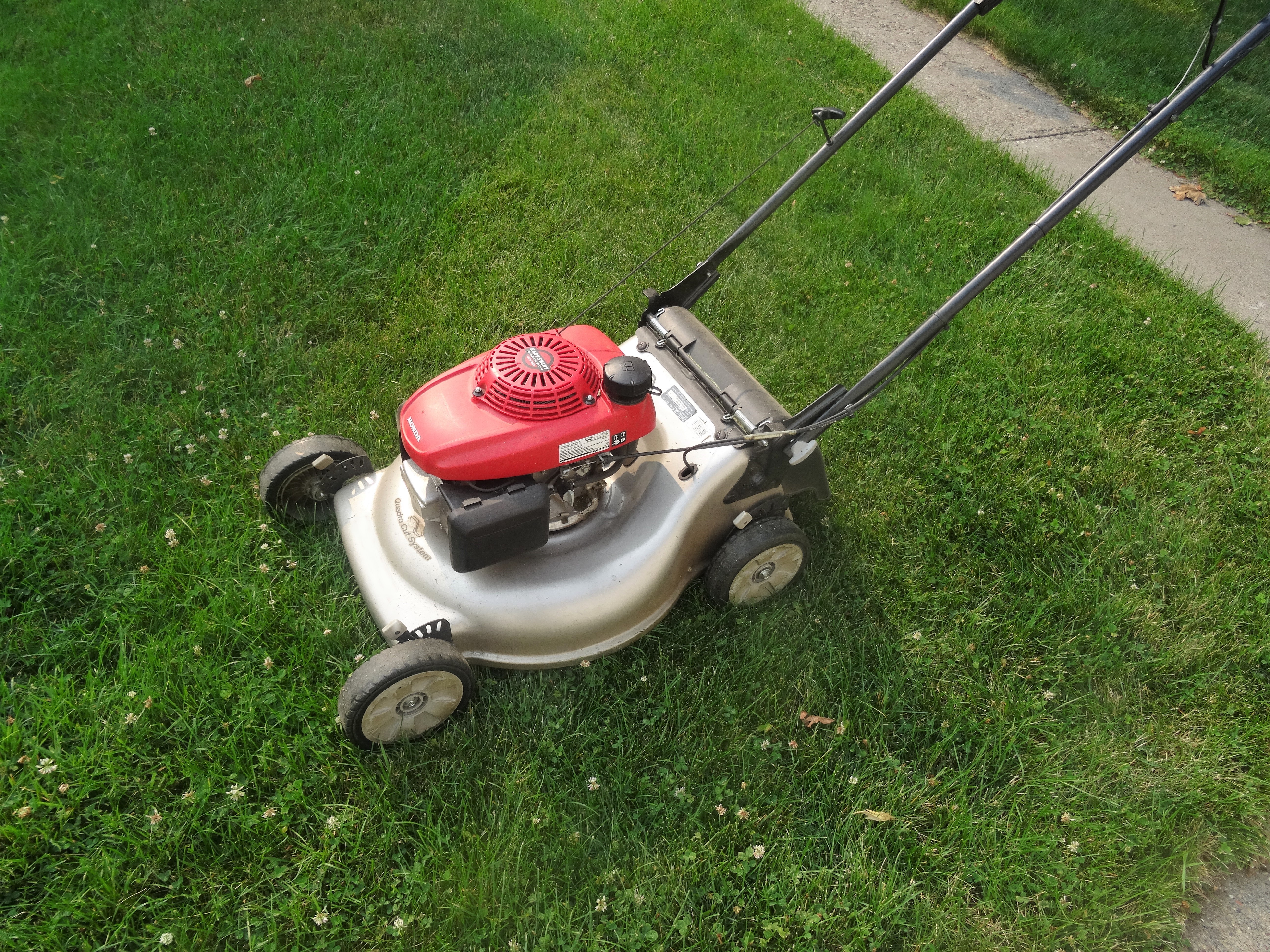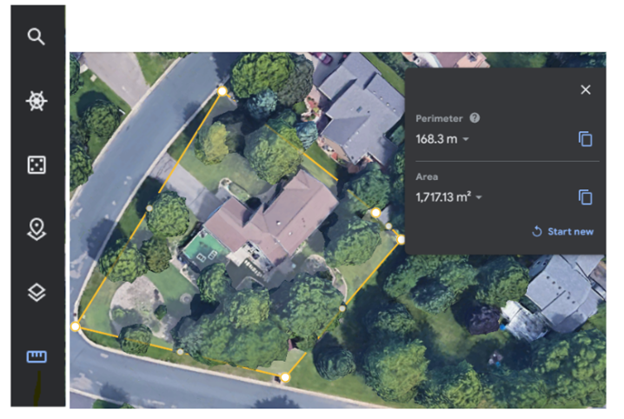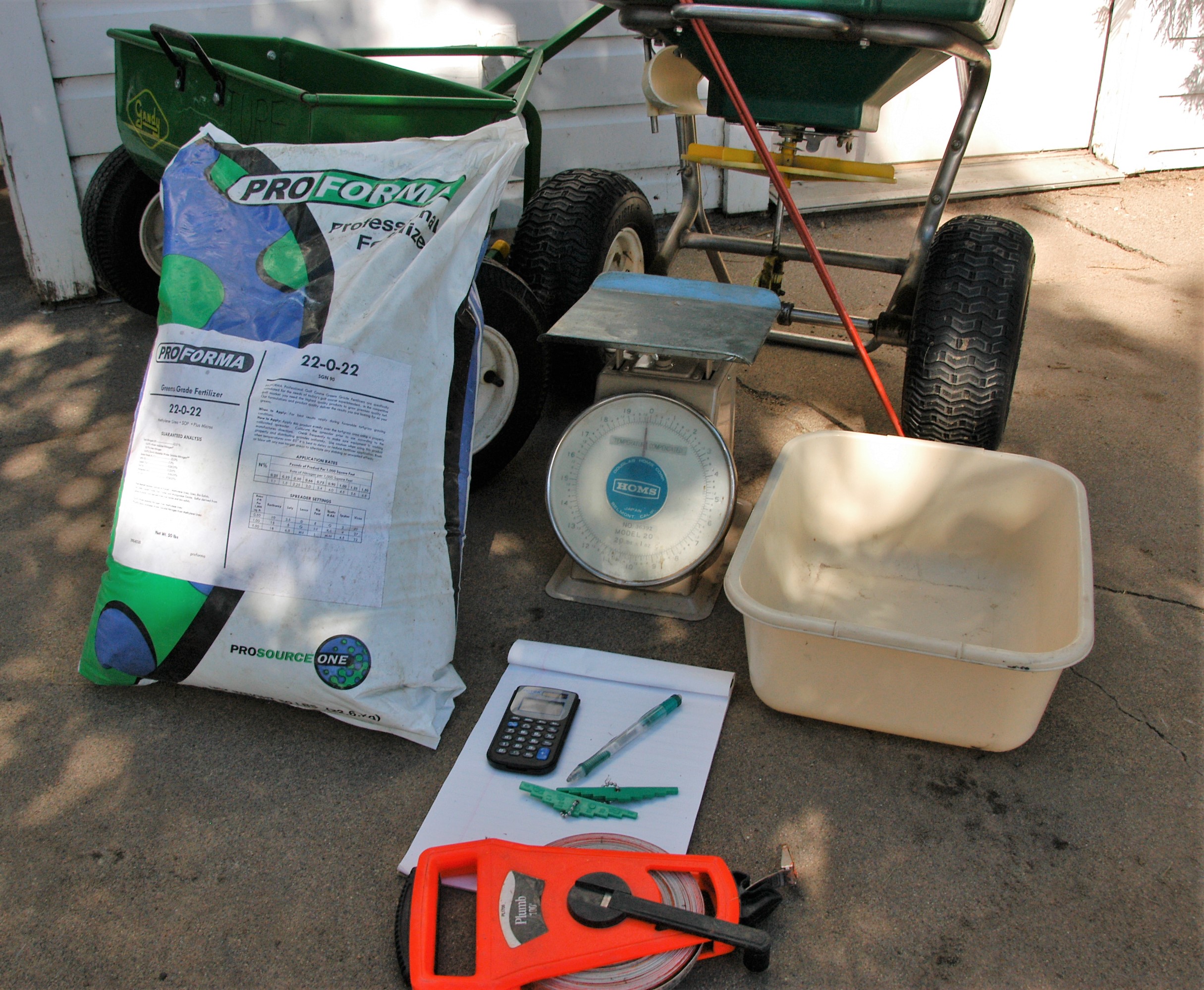Welcome to the latest issue of the Home Lawn Care Newsletter from UMN Turfgrass Science! We will provide up-to-date information to address all your lawn care tasks at the times when you need to know.
June 16, 2023: Issue 12
What should I be doing to my lawn during this early drought?

It is definitely a rare sight to see so much brown so early into the summer for Minnesota lawns with the dry conditions that started in spring. Much of the state is either abnormally dry or in moderate drought. As a result, many lawns throughout the state have already experienced drought symptoms. The drought combined with the higher than normal temperatures has resulted in turf plants that have not produced the root biomass they would in most early summers, and may be more stressed than normal going into the drier months.
We typically recommend allowing your lawn to brown to conserve water late in the summer months. Most turfgrasses we have growing in lawns in Minnesota can withstand some drought stress. They will go into dormancy to avoid or tolerate drought conditions until more consistent rainfall provides enough moisture. We know that based on previous research, lawns can survive up to 64 days of sudden drought stress. Some turfgrasses respond differently to heat or drought stress, but all will slow their growth, reducing or eliminating the need for mowing.
The most important thing to do right now is to reduce as much stress as possible. We know that during heat or drought stress, plants slow their photosynthetic production. Which reinforces the idea to only mow when it is needed according to the 1/3rd rule, not based on how long it has been since the last mowing or even if the grass is greening back up. Do not fertilize during hot or dry conditions. Limiting other stresses like foot traffic may also help your lawn tolerate these drier conditions.
Given that this is an El Niño year, which is normally a drier than normal weather pattern, it is probably safe to assume some extended drought conditions will be in our future. Some supplemental watering could help ensure your lawn will make it through the summer. Pay attention to the weather and your lawn. If there is little to no rain for the next month or so, consider watering.
Time to sharpen that mower blade!

Did you know that mowing with sharp blades can save you 20% in fuel costs? According to Cornell University, sharp blades reduce the resistance to mowing. Mowing high (3.5 inches or more) and leaving clippings on your lawn can also save money on watering and fertilizer costs.
Mowing with a blade that's not sharp tears the blades of grass, turning them brown in your otherwise green oasis. Additionally, a torn grass blade is more susceptible to disease than a clean cut blade.
Read more about reasons to sharpen mower blades and good general mowing practices by clicking the links below.
- Don't forget to sharpen those mower blades from Purdue University
- Practices for healthy lawns from UMN Extension
- Easiest steps to an attractive environmental asset from Cornell Turfgrass
Determine your lawn size

One of the important things homeowners need to know about their lawns is how many square feet of grass they have. It's important to know for other parts of your yard for ordering mulch or dirt, as well as for applying fertilizer or herbicides.
When measuring by hand, you can sketch your lawn, break it into squares/rectangles/circles and measure the individual parts to add up to the grass-covered areas. Alternatively, measure the perimeter of the entire lawn, then subtract the areas that are garden or anything non-grass. A free and easy digital way to measure is to use Google Earth. One the left navigation bar, click on the magnifying glass and enter your address. Then click on the ruler, which allows you to pinpoint the area you want measured. As soon as your starting and ending points connect, the screen displays your perimeter and total square footage. Then take individual measurements of the areas that are not grass and subtract them from the total square footage.
- How big is your lawn from Purdue University
- Measuring the area of a home lawn from Clemson Cooperative Extension
Calculate how much fertilizer you need to apply
Our recent drought conditions mean that your lawn probably doesn’t need a fertilizer application, but it is still a good idea to begin preparing for late summer or early fall fertilizations.
Your lawn soil test came back and said you needed to add 2 pounds of nitrogen per 1,000 square feet of lawn. Is that bag in the garage labeled 25-0-15 ok to use and how much should you use? The grade of a fertilizer tells you what the percentage of nitrogen, phosphorus and potassium are according to the weight of the bag. Typically, you’ll calculate your fertilizer application based on the amount of nitrogen, not the phosphorus or potassium.
For example, in a 40-pound bag of fertilizer with a 25-0-15 grade, you will have 25% by weight, or 10 pounds of nitrogen in the bag. If you want to apply 2 pounds of nitrogen annually for every thousand square feet of lawn, multiply 40 pounds by 2 pounds and divide by 10 pounds. You’ll need 8 pounds of 25-0-15 fertilizer per 1,000 square feet to apply the right amount of nitrogen for the year.
Just a reminder, in Minnesota our soil is naturally high in phosphorus. It’s not legal to add fertilizer with phosphorus in it unless you are planting new seed or have a soil test that shows you need it.
- Phosphorus lawn Fertilizer Law from the Minnesota Department of Agriculture
- Fertilizing lawns from UMN Extension
Calibrating important equipment

Calibration is making sure how much product your spreader is applying to the area you want to treat. Most of us use spreaders to seed our lawns or spread fertilizer, and it’s important to manage applications of chemicals and make sure the seed is applied at the correct pounds per square foot. Some spreaders and products come with recommended settings, but it is always recommended to calibrate yours to ensure you know which settings correspond to a given rate for each product.
A quick reminder that fertilizer applied using a broadcast spreader will help you avoid lines in the grass. Using a drop spreader for seed, with half of the seed applied in one direction, and half perpendicular to the first gets you good seed coverage. Follow the links below for detailed instructions for how to set up a test area and measure the amount of product your spreader is putting down.
- Calibrating fertilizer spreaders from Clemson Cooperative Extension
- Calibrating your fertilizer spreader from Penn State Extension
Research highlight
Can a lawn suffer from stressors like heat and drought, but present no symptoms? An experiment conducted by the University of Minnesota Turfgrass Science team evaluated how certain turfgrass species respond to intermittent drought and recovery throughout the summer months. By evaluating how plants photosynthesize, we can see the early signs of drought or heat stress before they turn brown. In some cases like with hard fescue, they may hold their green color despite being stressed for several weeks. This research shows reasons why we should delay mowing during periods of drought and heat.
- The risks of mowing green grass during summer drought by Jillian Turbeville
Events
- City Market Fest in Eagan, MN on Wednesday, June 21, 2023 from 4:00 p.m. - 8:00 p.m.
- Summer in the City Neighborhood Meeting in Coon Rapids, MN on Tuesday, June 27, 2023 from 6:00 p.m. - 8:00 p.m.
- Victoria Farmer's Market in Victoria, MN on June 29, 2023 from 3:00 p.m. - 6:00 p.m.
- Summer in the City Neighborhood Meeting in Coon Rapids, MN on Tuesday, July 11, 2023 from 6:00 p.m. - 8:00 p.m.
- Rockin' on the Rum in Anoka, MN on Wednesday, July 12, 2023 from 5:00 p.m. - 8:00 p.m.
- Slice of Shoreview in Shoreview, MN on Saturday, July 22, 2023 from 12:00 p.m. - 5:00 p.m.
- City of St. Francis Farmer's Market in St. Francis, MN on Wednesday, July 26, 2023 from 3:00 p.m. - 7:00 p.m.
- Lake Elmo National Night Out in Lake Elmo, MN on Tuesday, August 1, 2023 from 6:00 p.m. - 8:00 p.m.
We will be at these events to answer questions on smart irrigation and lawn care as part of our collaboration with the Metropolitan Council.
Image credits: Jon Trappe (#1), Kristine Moncada (#2); Google Earth (#3); Andrew Hollman (#4)